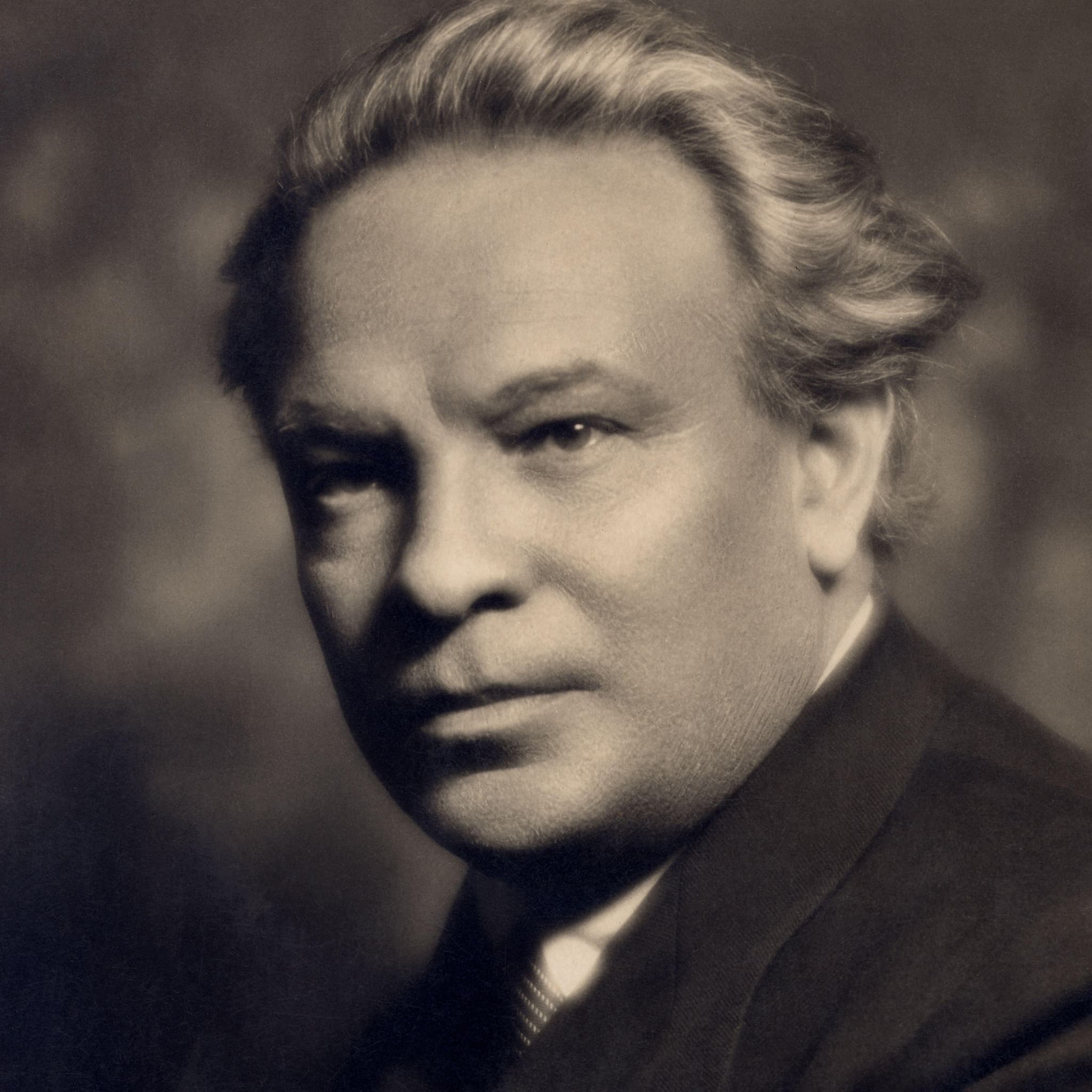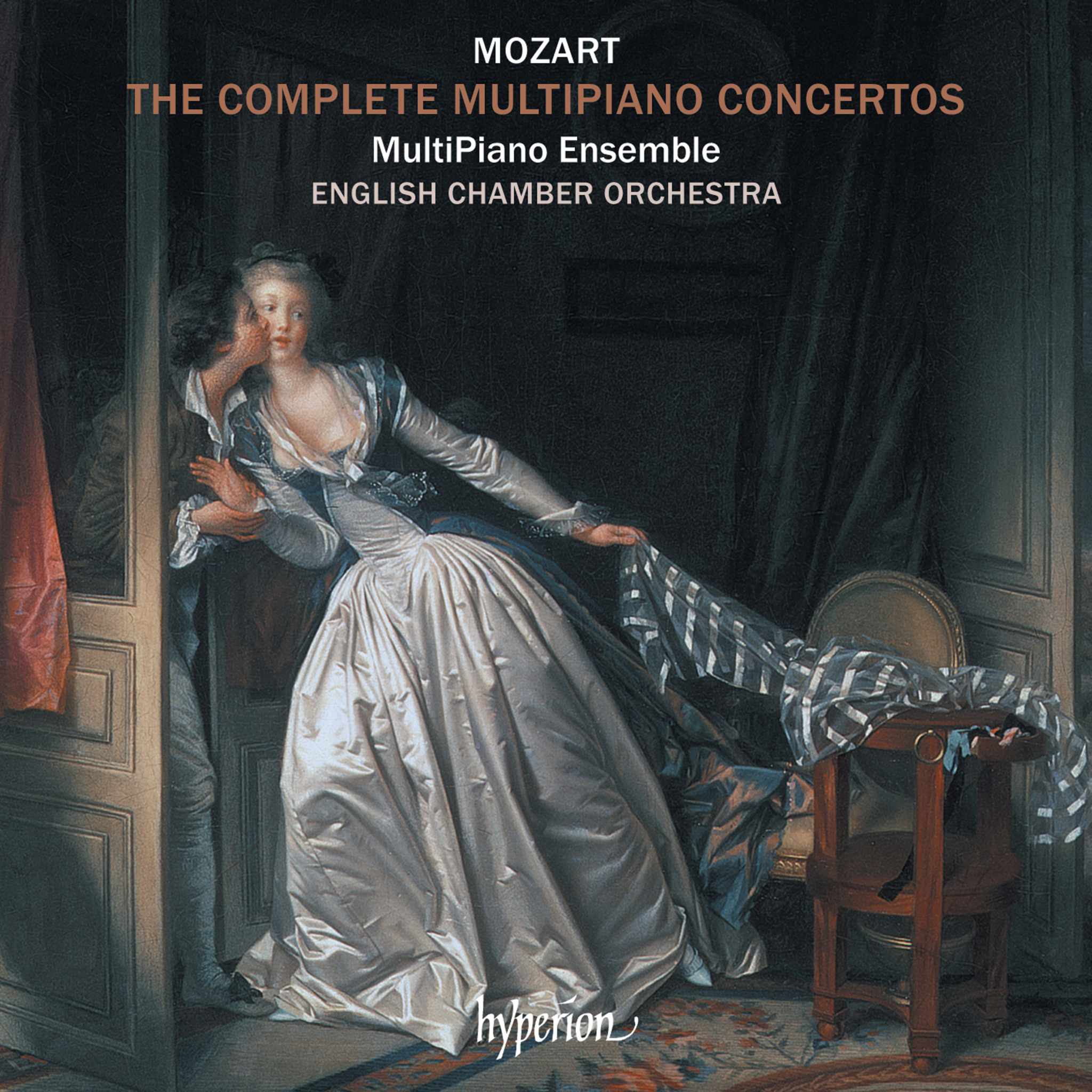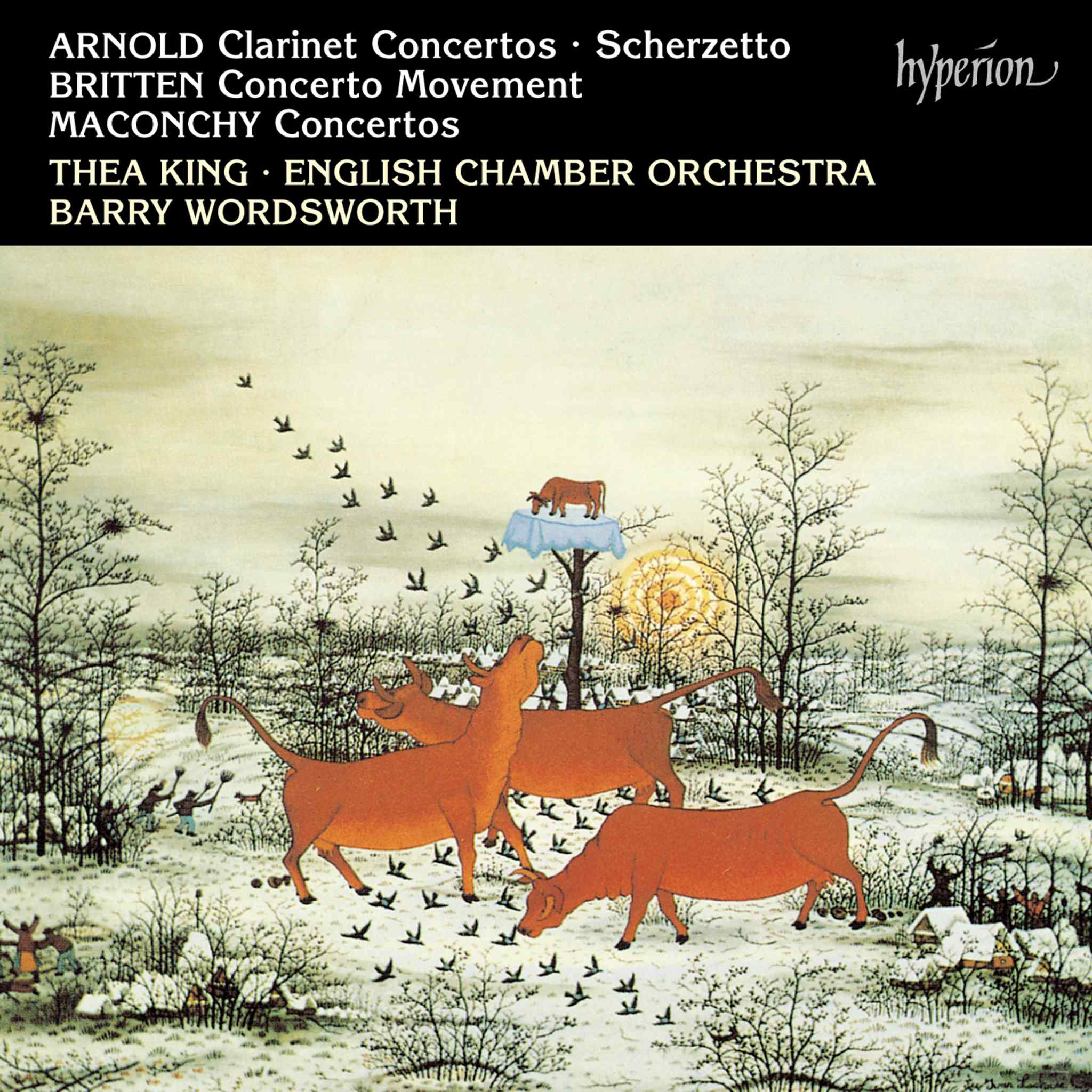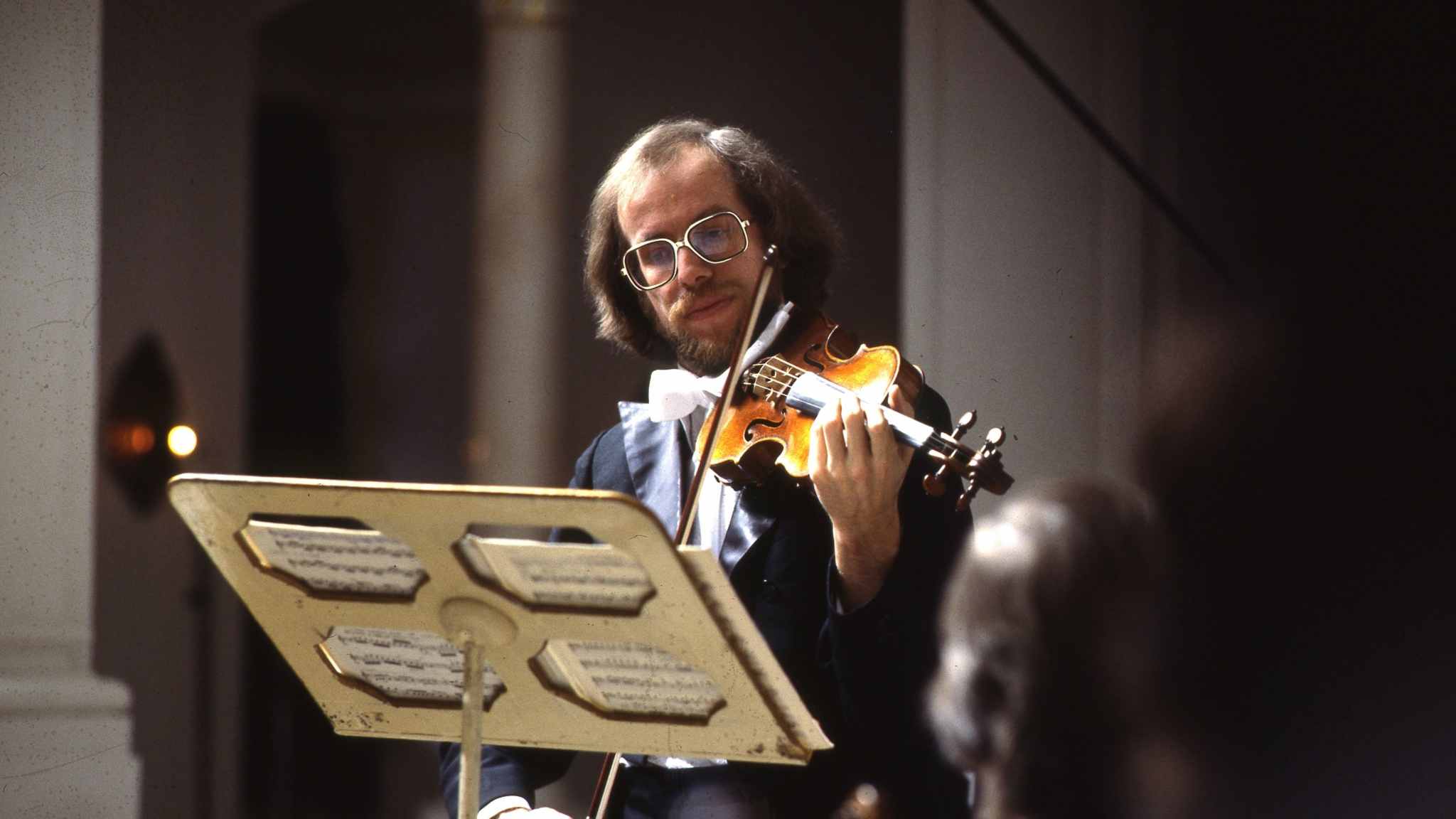Album insights
Simpson's 11th Symphony, like his second and seventh, adheres to the standard classical orchestral setup with double woodwinds, four horns, two trumpets, timpani, and strings. Composed in just two movements, this symphony shares similarities with Simpson's String Quartet No. 12 (1987). The symphony's first movement is predominantly slow, contrasting with the faster pace of the second movement, both given equal weight. Despite its brevity compared to Simpson's prior symphonies, the 11th is far from a mere "Divertimento." In fact, it diverges into uncharted territory, exploring novel expressions previously unexplored in modern symphonic history.
One defining feature of the 11th Symphony is its chamber music-like quality, particularly evident in most of the Andante and a significant portion of the final movement. Simpson aimed to infuse orchestration with a certain luminosity, inspired by Sibelius' Sixth Symphony. This work exudes a sense of expansiveness and eloquence reminiscent of slow passages in the 9th and 10th symphonies. Yet, it's in the 11th Symphony that this sentiment is expressed with such economy of means.
The Andante movement is fundamentally polyphonic, with shifts in orchestral colors creating an overall impression of softness and serenity. The introductory gesture sets the tone, with the motif underlying much of the symphonic dialogue initiated by the first violins answered by oboes and muted horns. Sparse accompaniment, at times reduced to a single voice, allows the music to unfold gradually, rarely rising above piano, constantly transforming the original violin theme. As the music evolves, it gains vitality until the entire orchestra reaches a majestic unison C, followed by an ethereal coda.
The Allegro vivace stands out as one of the longest swift symphonic final movements since Mahler's Fifth Symphony. While the opening resonates with hints of a Mendelssohnian scherzo, Simpson disclaims any intent to imitate Mendelssohn's musical language. Fluctuating woodwind gestures and delicate string pizzicato reminiscent of Mendelssohn soon lead to a more robust vitality akin to Beethoven's energy. The crescendo towards the climax is vigorous, dominated by a persistent B, followed by a defiant timpani note, dissolving in a manner similar to a section in Simpson's Ninth Symphony. The coda features peculiar rustling fragments until the composition concludes with a swift twist, beckoning an exit, wrapping up one of the most significant symphonic cycles of the 20th century.
Robert Simpson provided an additional introduction before the premiere of the 11th Symphony by the City of London Sinfonia under the baton of Matthew Taylor, mentioning his inspiration for composing the piece. Prior to this work, Simpson engaged with Nielsen's theme in a set of variations. This theme taken from a Nielsen suite showcases quadritonality, where each instrument holds steadfast to its key despite discordant tonalities, creating an entertaining clash of harmonies. The variations explore different expressions while maintaining the essence of the melody, each variation adding layers of complexity until culminating in a grand finale in C major.
With the completion of these works, Robert Simpson culminates his exploration of symphonic structures, paving the way for future interpretations of classical orchestration through inventive techniques and fresh musical expressions.
Elaborated on by ChatGPT







